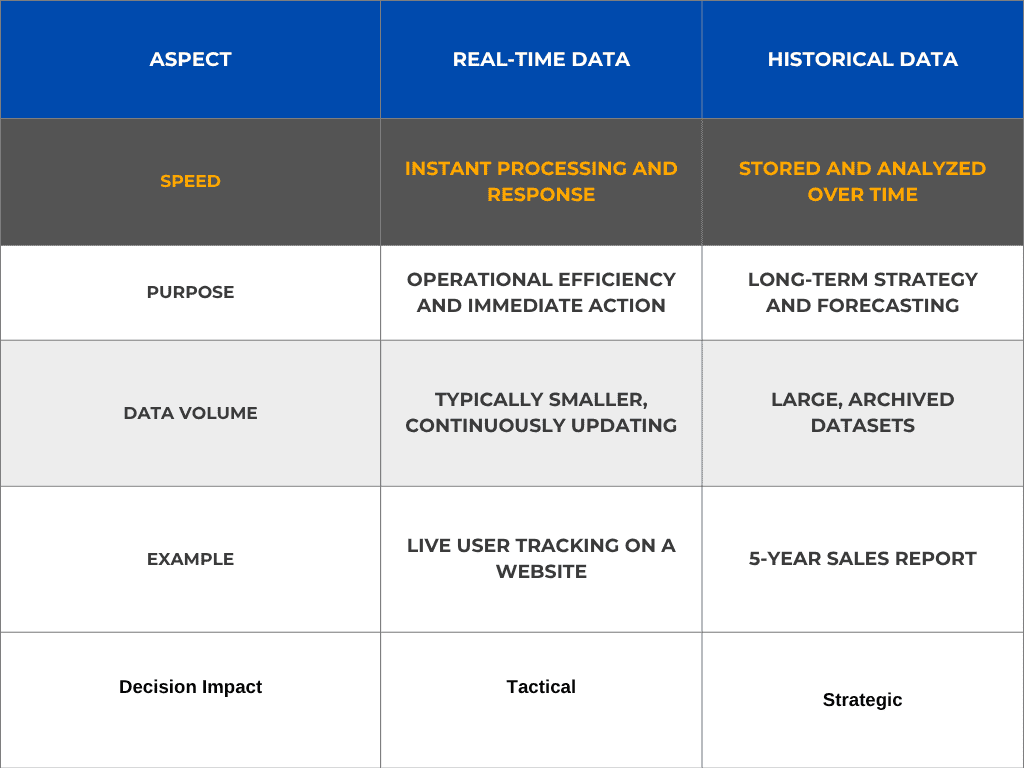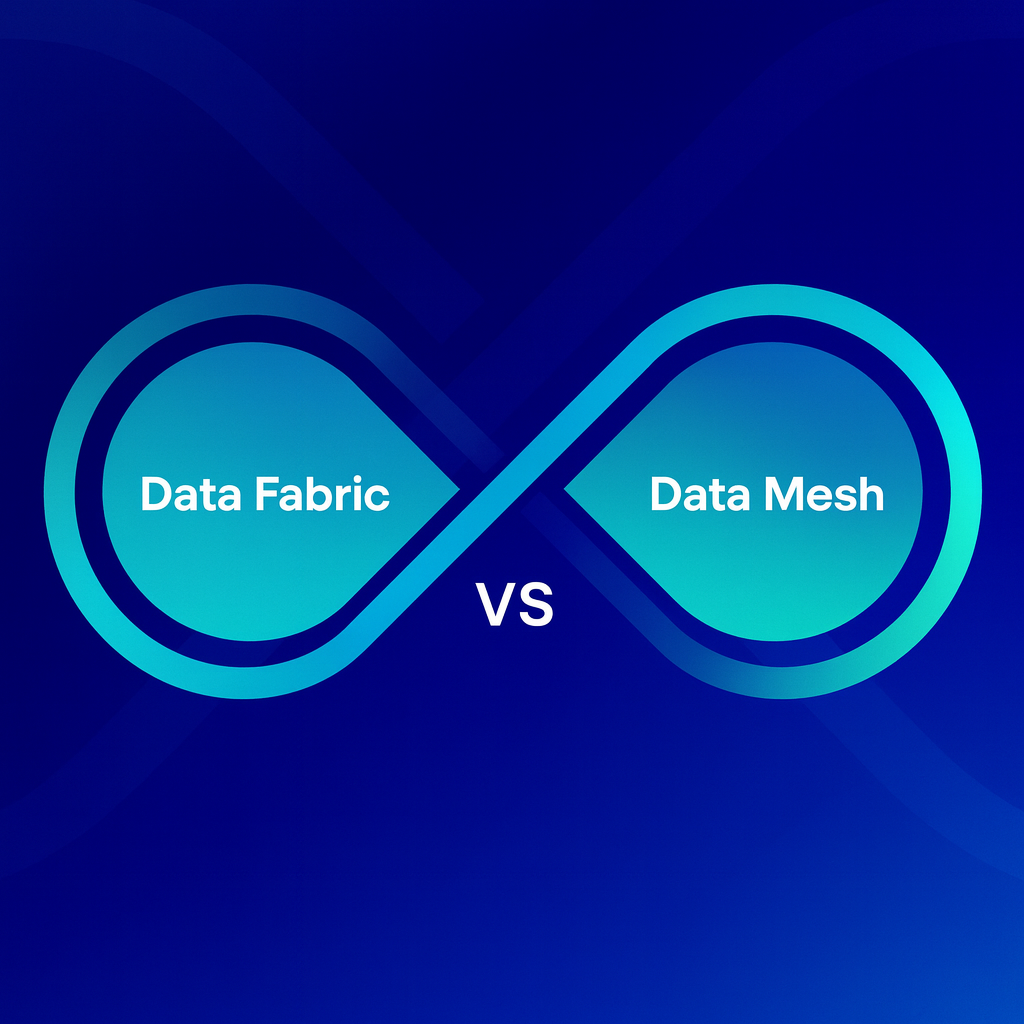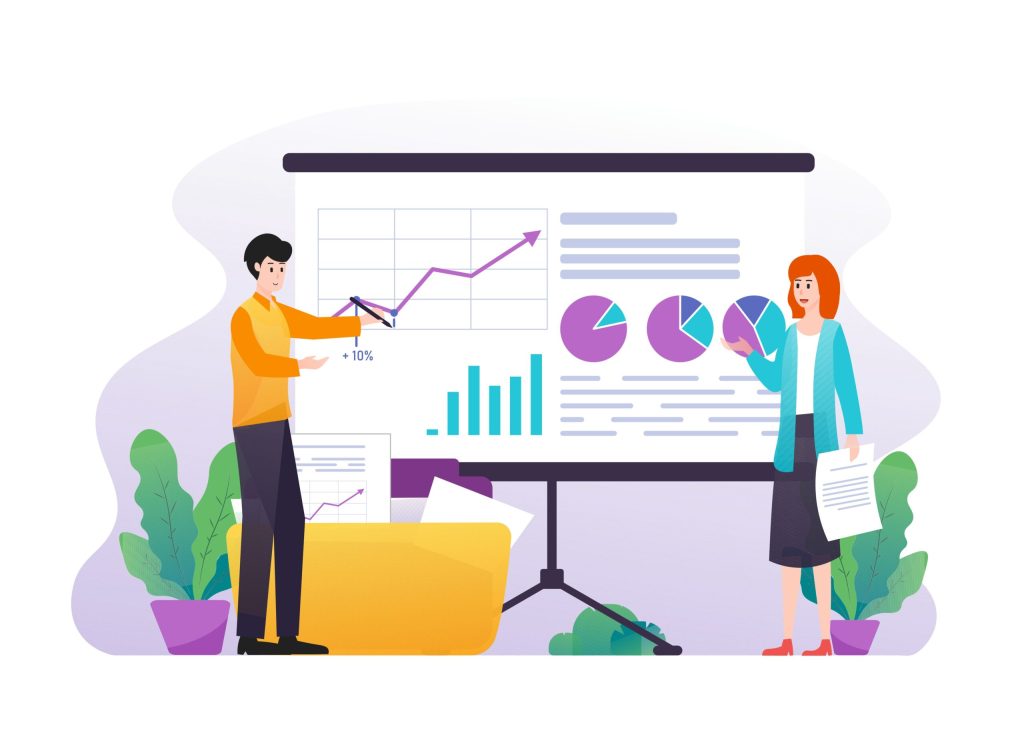Table of Contents
Introduction
In the fast-moving world of data analytics, businesses are faced with a critical question: When it comes to making smarter decisions, which matters more — real-time or historical data?
Both play powerful but distinct roles in shaping a company’s data-driven strategy. Real-Time vs. Historical Data is not a battle of opposites but a conversation about balance — where instant insights meet long-term context.
At Engine Analytics, we often help organizations find that balance — building systems that combine predictive insights with actionable intelligence, empowering better decision-making at every level.
Understanding Real-Time Data
Real-time data refers to information collected, processed, and analyzed instantly — often within seconds of an event occurring. Think of stock prices, live website traffic, or IoT sensor readings.
This type of data is invaluable when your business requires immediate awareness and response.
Why Real-Time Data Matters
Instant decision-making: Enables quick reactions to opportunities or risks.
Enhanced customer experiences: Businesses can personalize offers or resolve issues as they occur.
Operational efficiency: Real-time alerts and monitoring reduce downtime and errors.
Competitive edge: Staying ahead by adapting to changing market conditions in the moment.
For example, an e-commerce brand tracking real-time sales can adjust ad campaigns within hours instead of days. That agility is the essence of modern business intelligence.
Understanding Historical Data
Historical data, on the other hand, represents past records accumulated over time — typically stored in databases or cloud warehouses.
It’s what allows businesses to analyze long-term performance, customer trends, and strategic outcomes. Without it, there’s no baseline for improvement.
Why Historical Data Matters
Trend analysis: See how customer behavior evolves over months or years.
Forecasting accuracy: Forms the foundation for predictive insights and modeling.
Strategic planning: Guides resource allocation and investment decisions.
Regulatory and audit needs: Ensures compliance through complete data trails.
A retailer studying five years of sales patterns can accurately predict seasonal demand — something real-time data alone cannot achieve.
Real-Time vs. Historical Data: The Key Differences

While real-time data drives fast action, historical data ensures those actions are informed by context and patterns.
Why Businesses Need Both
Relying solely on one type of data creates blind spots. Real-time insights help you act quickly — but without historical context, those actions might be misguided.
Conversely, depending only on historical trends can make a business sluggish and reactive.
A balanced approach — combining both Real-Time vs. Historical Data — forms the backbone of a data-driven strategy. It helps organizations adapt to what’s happening now while learning from what’s happened before.
The Synergy: Real-Time Data Fuels Predictive Power
Modern analytics systems integrate both data types to create predictive insights. Here’s how it works:
Real-time data captures current behaviors — website clicks, transactions, IoT readings.
Historical data provides context — past performance, seasonal trends, customer lifecycles.
Together, they train machine learning models that forecast what’s next.
For instance, a logistics company can merge real-time GPS data with historical delivery times to predict traffic delays and optimize routes automatically.
Business Intelligence in the Real-Time Era
Business intelligence (BI) is evolving from static dashboards to dynamic, real-time analytics systems.
With BI tools like those at Engine Analytics, companies can visualize both real-time and historical data in one dashboard — transforming complex numbers into actionable stories.
This convergence enables:
Proactive performance monitoring
Faster decision-making
Improved customer satisfaction
Continuous operational optimization
Learn more about the future of business intelligence in our upcoming article:
? The Future of Business Intelligence: Trends to Watch in 2025
Real-World Examples: How Businesses Use Both
1. Retail & E-Commerce
Real-time: Monitor cart abandonments, flash sales, or live inventory.
Historical: Analyze yearly buying patterns to plan promotions.
Result: Seamless integration improves sales forecasting and customer retention.
2. Finance & Banking
Real-time: Detect fraudulent transactions instantly.
Historical: Study customer spending trends for risk management.
Result: Enhanced security and smarter credit decisions.
3. Manufacturing & Supply Chain
Real-time: Track machine health and production rates.
Historical: Compare performance over time for maintenance planning.
Result: Fewer breakdowns and higher output efficiency.
These examples highlight that Real-Time vs. Historical Data isn’t a choice — it’s a collaboration.

Integrating Real-Time and Historical Data for a Smarter Future
Building systems that combine both requires advanced data analytics infrastructure. Here’s what businesses should focus on:
1. Unified Data Architecture
Consolidate all your real-time feeds and historical databases into a single ecosystem — enabling a unified view of your business operations.
2. Automation and Machine Learning
Use predictive insights to automate responses based on real-time inputs while refining long-term strategies using historical data.
3. Custom Dashboards
Leverage business intelligence tools to visualize patterns instantly. Explore our dashboard solutions that convert raw data into actionable stories.
4. Cloud and Edge Computing
For large enterprises, combining real-time edge processing with cloud-based historical storage ensures speed and scalability.
External Insights: Expert Perspectives
Leading data research groups emphasize that success in data-driven strategy depends on integration.
According to Gartner’s Data & Analytics research, organizations that integrate real-time analytics with historical data improve their decision-making speed and accuracy by up to 30%. This proves that investing in a unified analytics infrastructure gives businesses measurable, long-term advantages.
A Forbes study found that companies combining both data types achieve better ROI in analytics initiatives than those that focus on one.
These authoritative insights reinforce the idea that Real-Time vs. Historical Data is not about competition — it’s about collaboration.
Challenges in Balancing Real-Time and Historical Data
While integration brings immense value, it also presents challenges:
Data consistency: Synchronizing live and stored data accurately.
Storage costs: Managing high-volume archives.
Latency: Ensuring real-time updates without performance lags.
Security: Protecting sensitive real-time streams and archived records.
The good news? Modern BI tools and data pipelines — like those built at Engine Analytics — are designed to overcome these hurdles with scalable, secure, and intelligent frameworks.
Making Smarter Decisions with Engine Analytics
Whether you’re optimizing logistics, improving marketing ROI, or scaling operations, our data analytics experts at Engine Analytics help you:
? Combine real-time and historical data seamlessly.
? Gain predictive insights that improve outcomes.
? Build intuitive dashboards for faster decision-making.
? Implement a sustainable data-driven strategy that grows with your business.
Need tailored guidance? Reach out through our contact page — we’ll help you turn your data into action.
The Role of Predictive Insights in Modern Analytics
Predictive insights sit at the crossroads of real-time and historical data.
They allow companies to anticipate customer needs, detect risks, and forecast market trends.
By analyzing years of historical data and continuously feeding it with real-time updates, predictive models become smarter over time.
This continuous loop — learn, predict, act — is what makes advanced business intelligence systems so powerful.
A recent Forbes Tech Council study revealed that companies that effectively merge real-time and historical data achieve a significantly higher ROI from analytics projects. These findings highlight how predictive models become more reliable when fueled by both live and archived datasets — the cornerstone of a data-driven strategy.

Key Takeaways: Real-Time vs. Historical Data
Real-time data = speed, reaction, and instant awareness.
Real-time data provides the pulse of your business. It lets you detect operational issues, monitor customer behavior, and adapt your decision-making within seconds. From monitoring website traffic surges to detecting fraudulent transactions, real-time insights empower teams to act immediately.Historical data = depth, accuracy, and long-term vision.
Historical data is the foundation of business intelligence. It captures your organization’s past performance, revealing what worked, what didn’t, and why. By analyzing long-term trends, you can identify growth patterns, refine marketing strategies, and predict demand more effectively.Together, they drive predictive insights and smarter decision-making.
The magic happens when these two data types intersect. Real-time information provides context for “what’s happening now,” while historical records explain “why it’s happening.” This combination produces powerful predictive insights that forecast outcomes and guide strategic moves.Integration ensures businesses don’t just respond — they anticipate.
When businesses merge both types through a unified data analytics platform, they evolve from reactive to proactive. Instead of waiting for problems to arise, they anticipate challenges and seize opportunities before competitors even notice them.
So, instead of asking “Which is more important?”, the smarter question is “How can we best combine them to strengthen our data-driven strategy?”
Conclusion: Building a Data-Driven Future
In the evolving world of analytics, Real-Time vs. Historical Data isn’t about choosing sides — it’s about balance. The most successful organizations recognize that real-time insights drive agility, while historical intelligence provides depth and stability.
Businesses that master this balance build stronger, more adaptive systems capable of predicting market shifts, optimizing performance, and improving customer satisfaction.
At Engine Analytics, we specialize in helping organizations harness this synergy — integrating streaming and stored data into cohesive systems that turn raw numbers into clarity, and clarity into decisive action.
Whether you’re designing a data-driven strategy, building advanced dashboards, or exploring predictive analytics, our team can help you connect the dots between your past performance and real-time possibilities.
If you’re ready to unlock faster insights, smarter forecasting, and sustainable business growth, get in touch with us today.
Your data has a story — let’s help you tell it in real time and over time.
Here’s Some Interesting FAQs for You
1. What’s the main difference between real-time and historical data?
Real-time data represents information collected and processed immediately, allowing businesses to react instantly to changing conditions. It’s ideal for live monitoring, operations, and instant decision-making.
Historical data, by contrast, captures records accumulated over weeks, months, or years. It helps businesses uncover trends, understand performance, and make strategic decisions backed by evidence.
Together, these data types bridge short-term action and long-term intelligence.
2. Why do businesses need both data types?
Using only one data type creates blind spots. Real-time data gives speed but lacks depth, while historical data provides context but misses immediacy.
By combining Real-Time vs. Historical Data, businesses can act quickly while ensuring each decision aligns with proven patterns and long-term goals. This integration leads to predictive insights, enhanced business intelligence, and a truly data-driven strategy that evolves continuously.
3. How can I start integrating both in my organization?
Begin by investing in a modern data analytics platform — such as the ones offered by Engine Analytics — that can collect, process, and visualize both real-time and historical data streams.
Here’s a simple roadmap to get started:
Assess your data sources: Identify where real-time and historical data currently reside.
Unify your architecture: Use APIs, data lakes, or cloud integrations to connect everything into a single ecosystem.
Leverage predictive models: Apply machine learning to merge both data types and uncover trends.
Visualize results: Build dashboards that display live updates alongside historical patterns for a 360° business view.
By partnering with Engine Analytics, you can seamlessly integrate both datasets into one intelligent framework — helping you predict, plan, and perform with confidence.
Real-time data represents information collected and processed immediately, allowing businesses to react instantly to changing conditions. It’s ideal for live monitoring, operations, and instant decision-making.
Historical data, by contrast, captures records accumulated over weeks, months, or years. It helps businesses uncover trends, understand performance, and make strategic decisions backed by evidence.
Together, these data types bridge short-term action and long-term intelligence.
Using only one data type creates blind spots. Real-time data gives speed but lacks depth, while historical data provides context but misses immediacy.
By combining Real-Time vs. Historical Data, businesses can act quickly while ensuring each decision aligns with proven patterns and long-term goals. This integration leads to predictive insights, enhanced business intelligence, and a truly data-driven strategy that evolves continuously.
Begin by investing in a modern data analytics platform — such as the ones offered by Engine Analytics — that can collect, process, and visualize both real-time and historical data streams.
Here’s a simple roadmap to get started:
Assess your data sources: Identify where real-time and historical data currently reside.
Unify your architecture: Use APIs, data lakes, or cloud integrations to connect everything into a single ecosystem.
Leverage predictive models: Apply machine learning to merge both data types and uncover trends.
Visualize results: Build dashboards that display live updates alongside historical patterns for a 360° business view.
By partnering with Engine Analytics, you can seamlessly integrate both datasets into one intelligent framework — helping you predict, plan, and perform with confidence.







